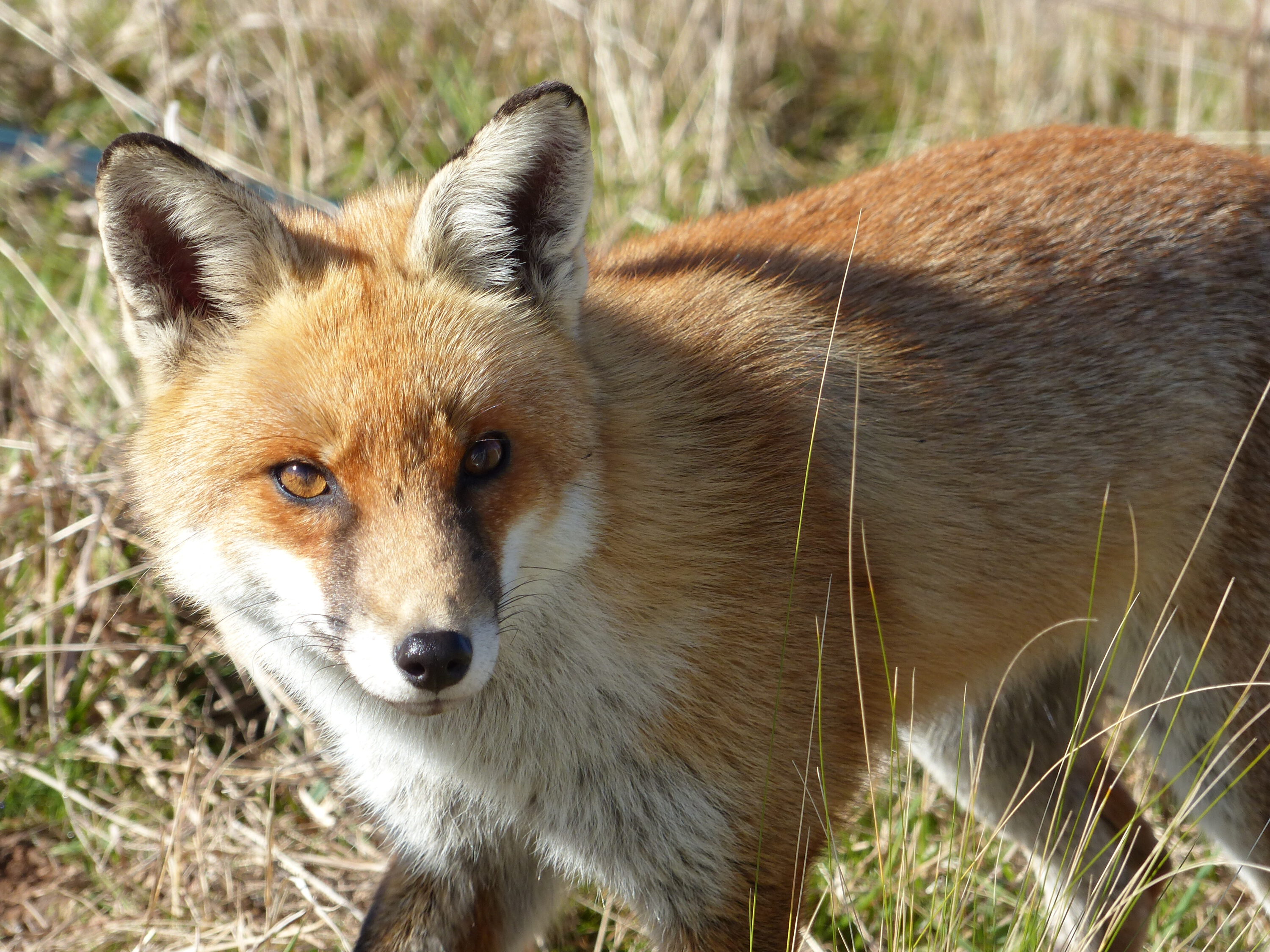
Seasoned hunting scribe Tony Pizzata is a veteran at calling foxes into close quarters and offers the novice some valuable fox whistling tips and tactics.
While I’m not going to bore you with the history of the humble fox, I will say that the cunning redcoat is a menace to farmers and also responsible for the destruction of many of our small mammals and birdlife. That said, they provide great hunting opportunities using a variety of hunting methods. While spotlighting or spot and stalk are the norm for many hunters, my preferred method is using a fox whistle to lure them in.
Fox whistling in my opinion is by far the most satisfying, as calling a cunning red coat into close quarters requires patience and a little know-how. And once you’ve spotted the fox, knowing when to continue calling and how to play him can make all the difference. Self taught and over many years of fox whistling came trial and error together with mistakes and solution. But once you’ve hunted them long enough and become familiar with their traits you’ll enjoy the challenge of calling them in.
I remember my very first encounter with a fox some 45 years ago was disappointing but nonetheless satisfying. In those days the common button whistle was what I began with. It all seemed quite simple really, walking up to the back paddock and sitting in front of a low lying bush I loaded the single barrel shottie and proceeded to give the button whistle a long drawn out burst. After several minutes nothing appeared, however, shortly after, that pungent smell of a fox filled the air as I waited in anticipation for him to show. Gradually the smell got stronger and I knew he was near, but couldn’t see him. After a long wait I got up and turned around to find the fox was just a couple of metres behind me, staring in my direction. Needless to say the fox was soon gone leaving me with a number of unanswered questions and the first and most important lesson learnt, “wind direction”.
If you are a beginner and would like to learn the basics of fox whistling, the following ingredients for success will get you started:
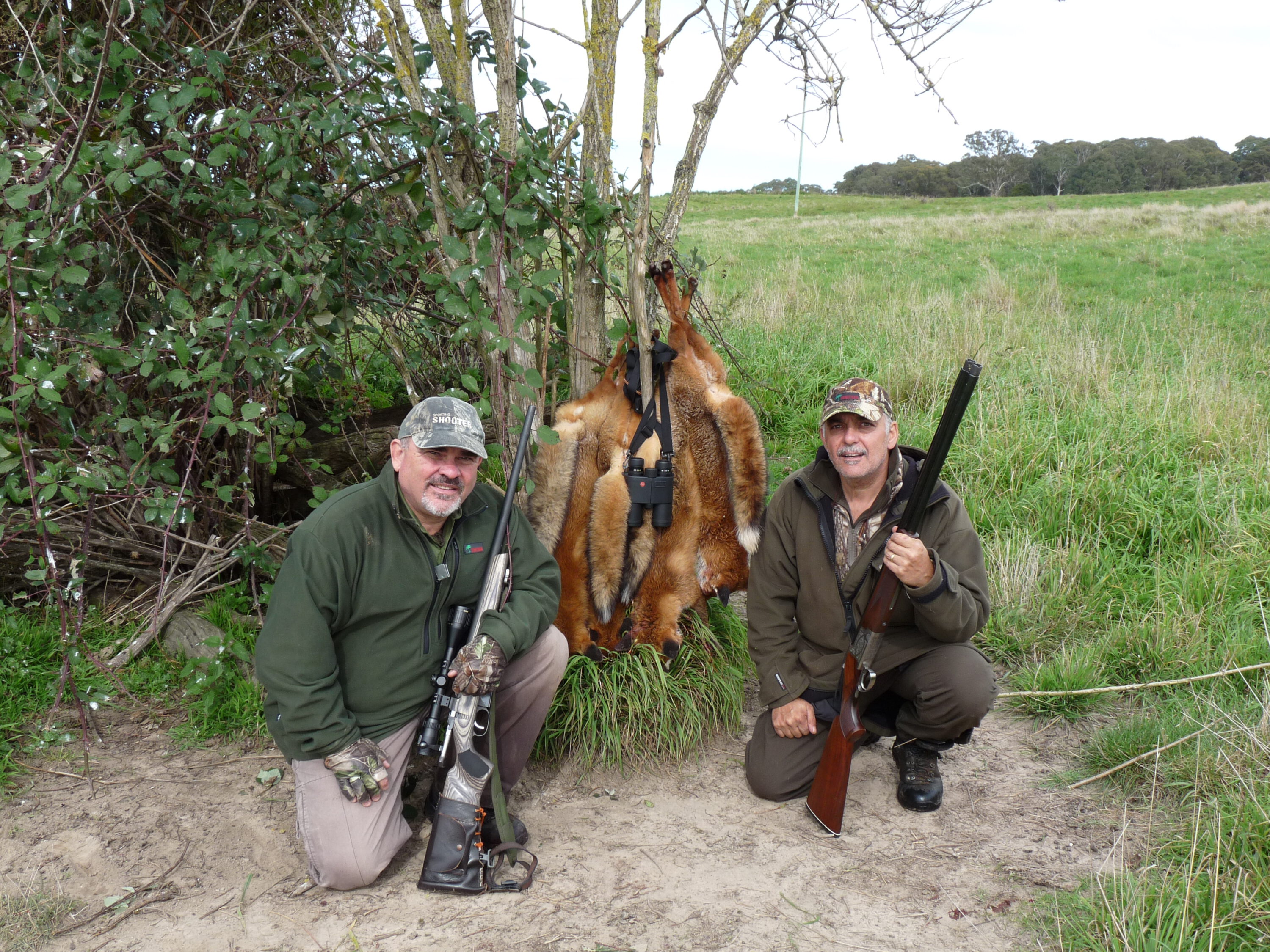
Ten Tips Of Successful Fox Whistling
-
Wear drab clothing.
-
Always walk into the wind
-
Never venture any further forward from a stand than where you are going to sit and call from, as a fox will pick up your scent from your footprints and will very quickly about face, even if they are hours old.
-
Always approach a stand from behind, as approaching it from in front will result in number 3’s outcome.
-
Sit within cover, in front of a fallen tree, bush or clump of rocks so you are not sky-lined or easily detected.
-
Once you have found an area that you think might hold a fox, sit in a spot that offers a good field of view so you’ll see him coming from a distance, can play him with the whistle and can prepare for a shot.
-
Avoid making too much movement or talking.
-
Don’t move or continue to whistle if the fox is looking in your direction.
-
Give the fox enough time to hear and approach you before calling it quits, as some times on a very still day the whistle can carry for miles and a fox might take up to five minutes to get to you. (I usually give each stand about 10 minutes depending on the type of terrain I’m hunting).
-
Don’t use perfume or deodorant (scentless only) or aftershave before you go out, as these scents will carry particularly on a still day.
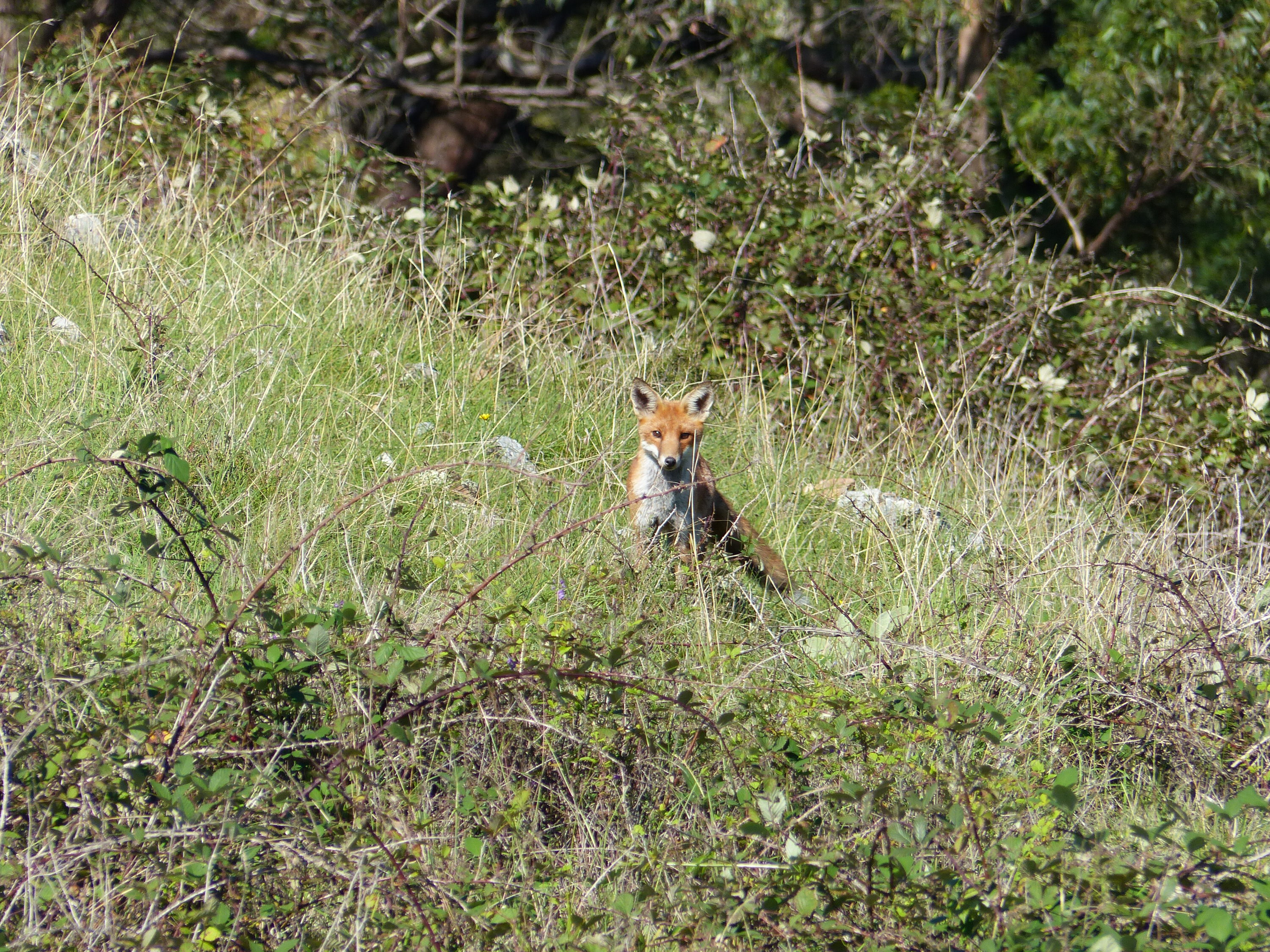
A Bit About Their Habits & Behaviour
While foxes have an excellent sense of smell, they are usually nocturnal hunters, but being a predator and opportunist will come to the call of an animal in distress during daylight hours. Foxes don’t bark like a dog, but during mating season a male fox, or dog as they are sometimes referred to, can be heard giving a screech or throaty yelp when searching for a female partner to mate with.
Mating season tends to occur in my area during early July-August and gestation is around 51 days for a vixen who usually produces a litter of three or four cubs (sometimes more) dictated by high or low food source and season. Contrary to some beliefs, foxes tend to go off the whistle during mating time and wont respond to the whistle. As pups are easily lured at a young age and mum’s still feeding her litter of cubs, I personally don’t like to hunt them until around mid March when pups are old enough to fend for themselves. Once pups reach a certain age, males tend to stray from home and venture off into new areas searching for females and sometimes fight for supremacy of that area or local gully. Other times they simply move into an area that previously may have held a fox that fell victim to a charge of my number 2s or BB’s.
Where Do I Look For A Fox?
Reynard, (another moniker for foxes) can live quite comfortably in timbered or open areas and are found anywhere there’s a food source for him and that includes the lambing paddock and the chicken coop. Rabbits, hares and dead carcasses, mice, birds, reptiles, small mammals and in lean times, grubs, beetles, blackberries or fruit are all a part of their diet.
While they love to follow the creek pouncing on frogs or mice for a feed, they will usually bed in a secluded sunny spot that is sheltered and well drained. I’ve also seen them in burrows, hollow logs and rocky outcrops, but where I hunt them, blackberry bushes are a favourite. Most of my fox hunting is done around the Central West and Southern N.S.W. where winding creeks and blackberry choked gullies makes their whereabouts more predictable. A usual indication of their presence is a strong musky odour, food remnants around their burrows and long, thin, twisted droppings tapered at both ends.
Nothing beats the thrill of watching a fox come eagerly to the call. To do this you have to think like a fox and know their traits. The first step is to choose a vantage spot to whistle from and enter it from down wind to prevent him from catching your scent. Next, sit in a position where your body is camouflaged and not skylined, but offers a good field of view. Get everything ready before you start whistling to avoid movement while he’s coming. Don’t lift the shottie while he’s in view or that sudden movement will pinpoint your location, wait till he’s momentarily behind cover or looking in another direction then raise your firearm. If he’s coming don’t whistle, let him keep coming. If he stops give a short, quiet toot on the whistle while he’s looking away. He’s probably trying to re-pinpoint where the sound came from. Once he’s back on track the rest is up to you and the shottie.
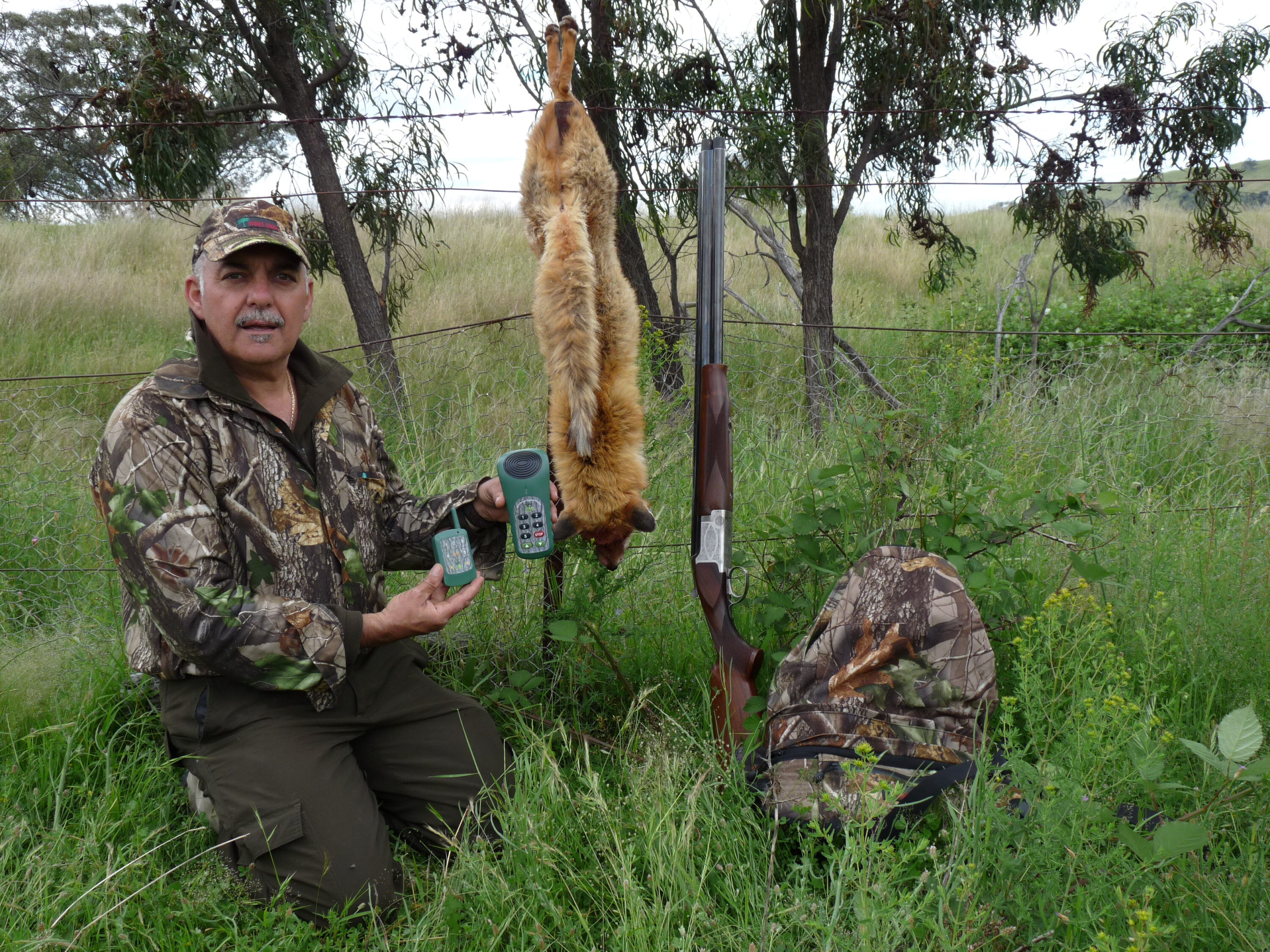
Choice Of Fox Calls
While today’s market offers a huge range of electronic calls from simple units that basically mimic the call of a rabbit in distress to more advanced models offering the choice of multiple calls and sounds, I prefer to use the button or Tenterfield type whistle. Which one do I use and why, you may ask? While the button whistle is an old favourite, I find in windy conditions the sound won’t carry as far, so I choose to carry both the button and Tenterfield type, so weather conditions and terrain govern which one to use. For example, when in close to scrub or blackberry bush on a still day, start your calling with a very soft shrill so you don’t startle a nearby fox and once satisfied he’s not in close, continue with a series of calls at a higher, louder tone and pitch. If you’re hunting very open terrain where cover is scattered and a long way off, use the Tenterfield type whistle and watch for any sign of movement out yonder. A fox’s hearing is acute and if conditions are right, will hear the whistle for miles away.
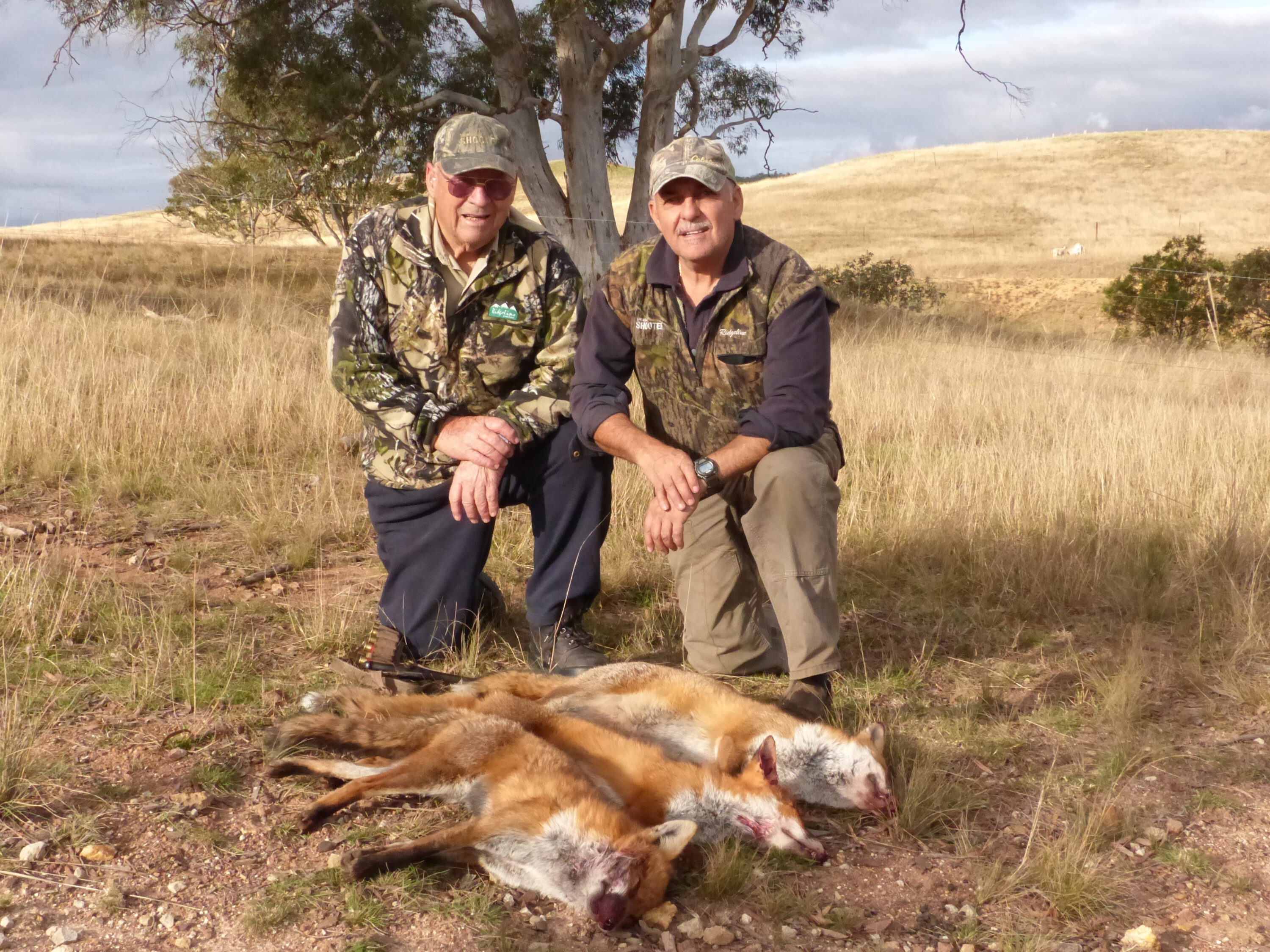
Firearms For Fox Whistling
Most times, a keen fox will come tearing it at the sound of a rabbit in distress and nine out of ten times I’ll have to “HOY!” him to stop at 10 metres (or less). On the odd occasion a canny old dog will sit on his backside out of shotgun range, so when hunting with a mate we usually carry a .22 magnum or .223 for long shots and the 12 gauges for close in.
When fox whistling on my own, I choose to use a Miroku 12 gauge U/O fitted with Briley chokes. Briley chokes protrude and inch or two out of the barrel but result in a tighter shot pattern over a greater distance. Number 2’s or BB’s are my preferred load. While either will work, the BB’s have a bit more punch that little bit further out, but punch bigger holes in the pelts.

My Personal Fox Whistling Kit
When out whistling I always carry a small squeeze bottle of scentless powder to continually check wind and thermal direction. The aforementioned Miroku 12 gauge is staple, while both the button and Tenterfield type whistle on a lanyard, a skinning knife and camera to capture both live shots and the end result always accompany me after foxes.
While there are several methods and techniques for fox hunting in general and I don’t agree with 1080 poisoning of any animal, fox whistling has proven the most effective way of controlling fox numbers for me. In years gone by I’ve also enjoyed many a fox drive using terriers to flush them out and even spotlighting the lambing paddock or a walk along the creek. Pelts are relatively worthless these days, but skins are at their best during the winter months of June and July if you want to make that beautiful bedspread.
Good Hunting!
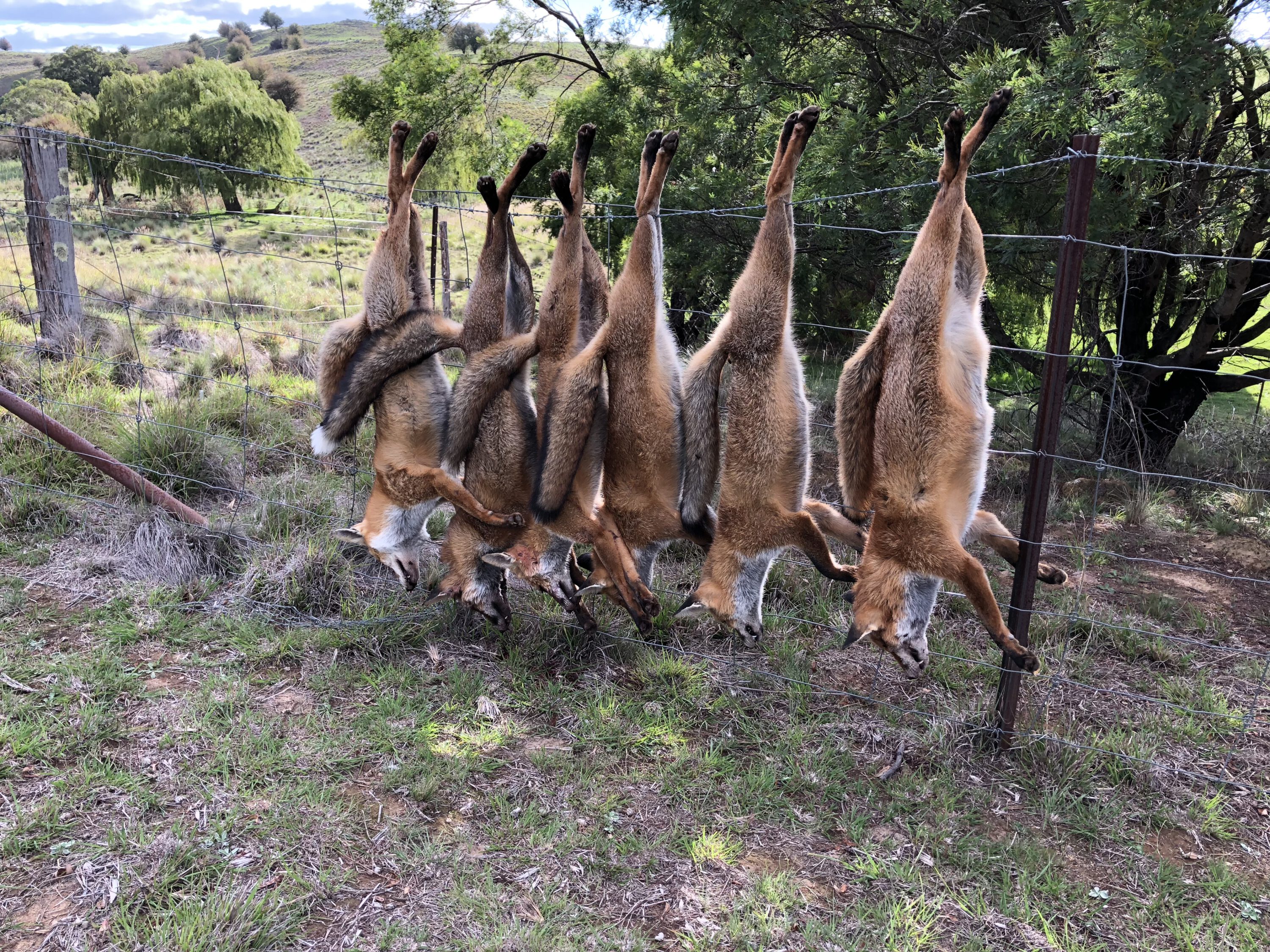
0 Comments